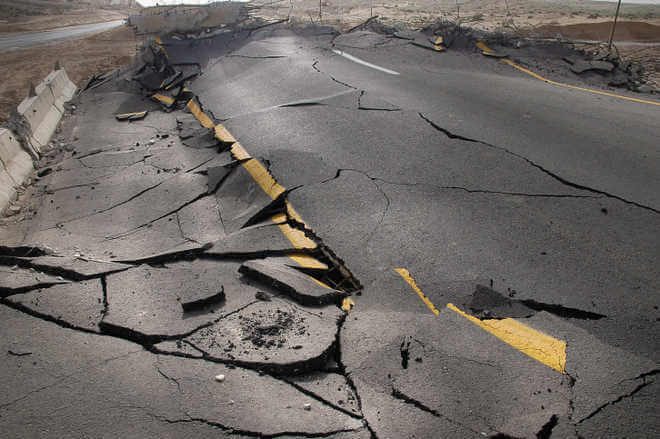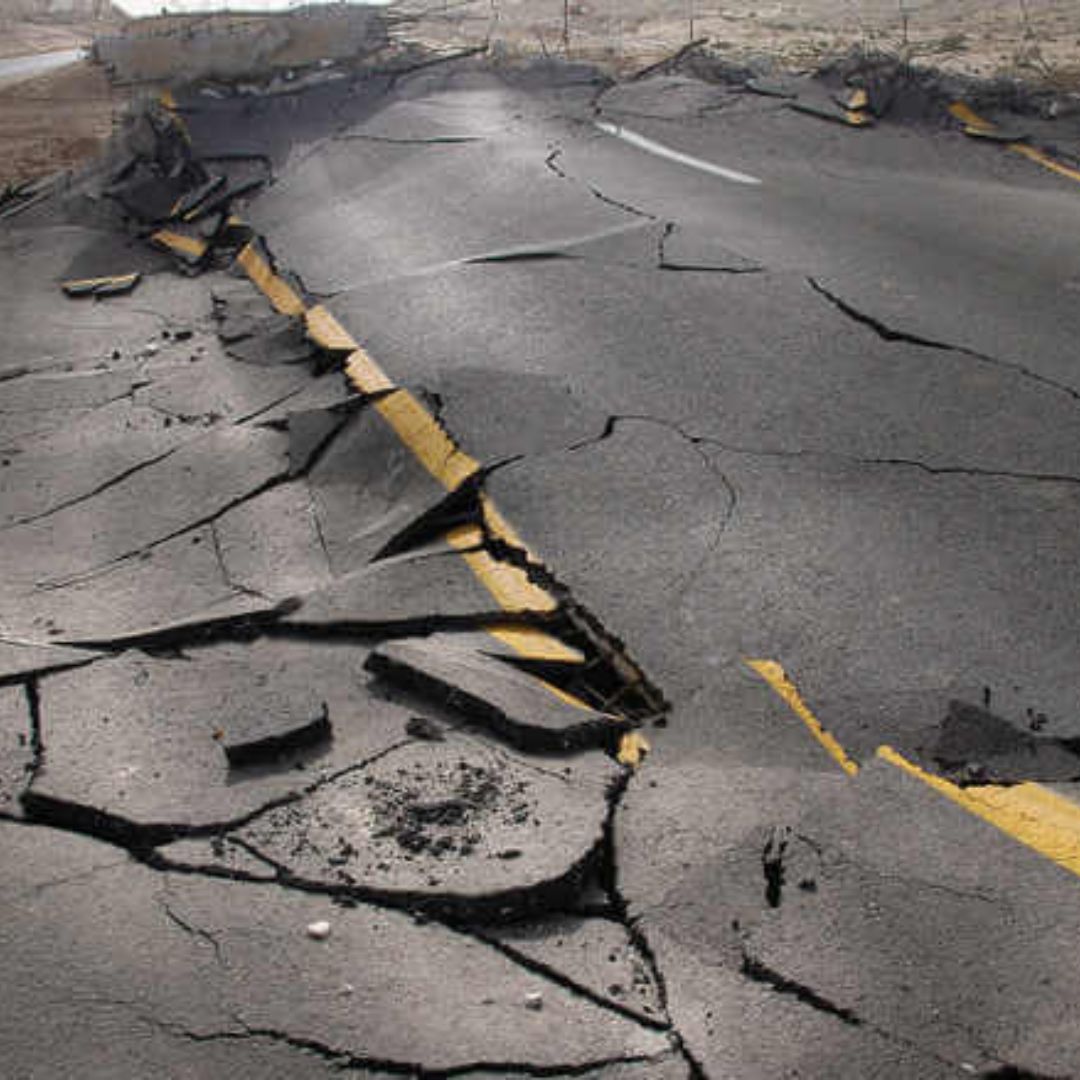The Earth is made of four basic layers: a solid crust, a hot, nearly solid mantle, a liquid outer core and a solid inner core.
What Is An Earthquake?
Earthquake is a natural disaster that occurs when the tectonic plates crash into or brush against each other. Earthquakes cause the ground to shake and large cracks open up in the Earth’s surface. Earthquakes are more common in certain countries due them being on the edge of tectonic plates.

What Causes an Earthquake?
The tectonic plates are always moving, but sometimes they get stuck. This non-stop movement causes stress on Earth’s crust. When the stresses get too large, it leads to cracks called faults. When tectonic plates move, it also causes movements at the faults. An earthquake is the sudden movement of Earth’s crust at a fault line.
Also checkout, Everything You Need To Know About Volcanoes
Types of Earthquakes You Should Know About:
There are four different types of earthquakes: tectonic, volcanic, collapse and explosion.
- A tectonic earthquake is one that happens when the earth’s crust breaks down as a result of geological forces acting on nearby plates and rocks, which change their physical and chemical composition.
- A volcanic earthquake is any earthquake that results from tectonic forces which occur in conjunction with volcanic activity.
- A collapse earthquake are small earthquakes in underground caverns and mines that are caused by seismic waves produced from the explosion of rock on the surface.
- An explosion earthquake is an earthquake that is the result of the detonation of a nuclear and/or chemical device.

What is an Epicentre?
The ground above where an earthquake starts is called the epicentre. An earthquake’s most intense shaking is often felt near the epicentre. However, the vibrations from an earthquake
can usually be felt and detected thousands of miles away from the epicentre.
How are Earthquakes Measured?
Earthquakes are measured using seismographs, which monitor the seismic waves that travel through the Earth after an earthquake strikes.
Scientists use something called the Moment Magnitude scale to measure how strong an earthquake is. This scale measures the energy that is released by the earthquake which makes it very accurate.
In the past, scientists used something called the Richter scale which measured the size of the seismic waves.

What is an earthquake zone?
An earthquake zone is defined as the zone on the earth’s surface around which the majority of earthquakes occur. It is also known as the seismic zone or earthquake belts.
Where Earthquakes Happen?
Where tectonic plates collide, there are earthquakes along the fault lines. Around 80% of earthquakes happen near the Pacific Ocean’s rim. The region is a meeting place for numerous tectonic plates and is known as the Ring of Fire due to the abundance of volcanoes there.

What Can You Do To Stay Safe in an Earthquake?
Usually earthquakes last only 10 to 30 seconds. During an earthquake it is advisable to get to a safe place fast. Keep the following things in mind:
If you are indoors:
- Get down on your hands and knees and crawl to your shelter.
- Take cover underneath a sturdy table, desk, or bed. Cover your head and neck with your arms. If furniture isn’t nearby, crouch down on your knees with your arms over your head and neck next to an interior wall. (Don’t stand under a doorway—they can easily collapse.)
- Stay away from glass windows, doors, and walls.
If you are outdoors:
- Stay away from tall buildings and trees.
- Find a space spot and stay there until safe

What To Do After An Earthquake?
Once the earthquake has passed, look for any wounds. Stay tuned for warnings from the local authorities. Be ready for any possible aftershocks. First aid kits must be used to tend to persons with minor injuries such as bleeding and bruises. Whereas seriously injured individuals must not be moved until they are out of danger and proper medical help has arrived. One must stay away from downed power lines and any object or appliance in contact with it.
Did You Know?
– Tectonic plates are made up of rocks that make up the outer layer of the Earth, which fit together like a puzzle covering the Earth. Tectonic plates are located all over the world and are constantly moving.
– Seismic waves are the shockwaves that travel through the ground and are very strong at the centre of the earthquake.
Watch full video on, Meet the 8-Year-Old Braveheart Who Said Hello To Everest

